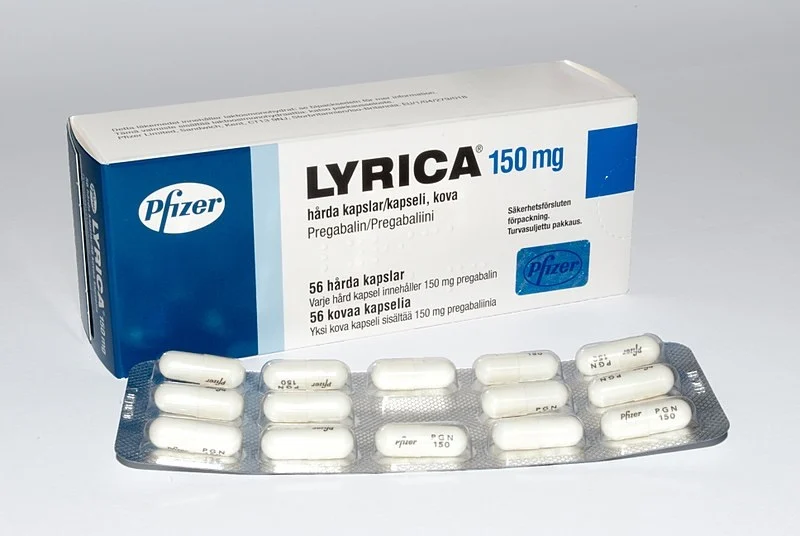Buprenorphine vs Suboxone: These two medications are often mentioned together in the context of opioid addiction treatment. Both are effective, but they have unique characteristics and benefits. In this article, we will explore the differences between buprenorphine and Suboxone, their uses, and why you might choose one over the other.

What is Buprenorphine?
Buprenorphine is a partial opioid agonist used to treat opioid addiction. It helps reduce withdrawal symptoms and cravings without producing the same high as full opioids.
Benefits of Buprenorphine
- Reduces Cravings: Helps manage cravings and withdrawal symptoms.
- Lower Abuse Potential: Has a ceiling effect, meaning increasing doses do not produce the same euphoria as full opioids.
- Accessibility: Can be prescribed by certified doctors, making it accessible for many patients.
Common Uses of Buprenorphine
- Opioid Addiction Treatment: Often used in medication-assisted treatment (MAT) programs.
- Chronic Pain Management: Sometimes prescribed for managing chronic pain in specific patients.
What is Suboxone?
Suboxone is a combination medication containing buprenorphine and naloxone. Naloxone is an opioid antagonist that helps prevent misuse.
Benefits of Suboxone
- Prevents Misuse: Naloxone component discourages injection misuse.
- Effective Treatment: Combines the benefits of buprenorphine with added protection against abuse.
- Flexible Dosing: Available in various dosages, allowing for tailored treatment plans.
Common Uses of Suboxone
- Opioid Dependence: Used primarily in the treatment of opioid dependence and addiction.
- Harm Reduction: Helps reduce the risk of relapse and supports recovery efforts.
Buprenorphine vs Suboxone: Key Differences
Composition
- Buprenorphine: Contains only buprenorphine.
- Suboxone: Contains both buprenorphine and naloxone.
Risk of Misuse
- Buprenorphine: Lower potential for abuse due to its ceiling effect, but can still be misused.
- Suboxone: Naloxone component significantly reduces the risk of misuse.
Administration
- Buprenorphine: Available in sublingual tablets, films, and extended-release injections.
- Suboxone: Primarily available in sublingual film and tablet forms.
Effectiveness
Both medications are effective in treating opioid addiction, but the added naloxone in Suboxone offers extra protection against misuse, making it a preferred choice for many healthcare providers.
Choosing Between Buprenorphine and Suboxone
Considerations for Buprenorphine
- History of Misuse: Suitable for patients with a lower risk of medication misuse.
- Chronic Pain: May be preferred if managing both addiction and chronic pain.
Considerations for Suboxone
- High Risk of Misuse: Ideal for patients with a history of opioid misuse.
- Integrated Treatment: Combines buprenorphine’s efficacy with naloxone’s protective benefits.
Potential Side Effects
Common Side Effects of Buprenorphine
- Nausea
- Headache
- Constipation
- Sweating
Common Side Effects of Suboxone
- Nausea
- Headache
- Constipation
- Insomnia
Safe Use and Guidelines
- Follow Prescriptions: Always take medication exactly as prescribed.
- Avoid Self-Medication: Do not adjust doses without consulting your doctor.
- Regular Check-Ins: Maintain regular follow-ups with your healthcare provider.
Conclusion
Buprenorphine vs Suboxone: Both medications offer effective treatment for opioid addiction, with Suboxone providing additional protection against misuse. Your healthcare provider can help determine which medication is best suited to your needs.
For those seeking to purchase these medications, visit our Online Store today. Ensure you have a valid prescription and follow all guidelines for safe use.









